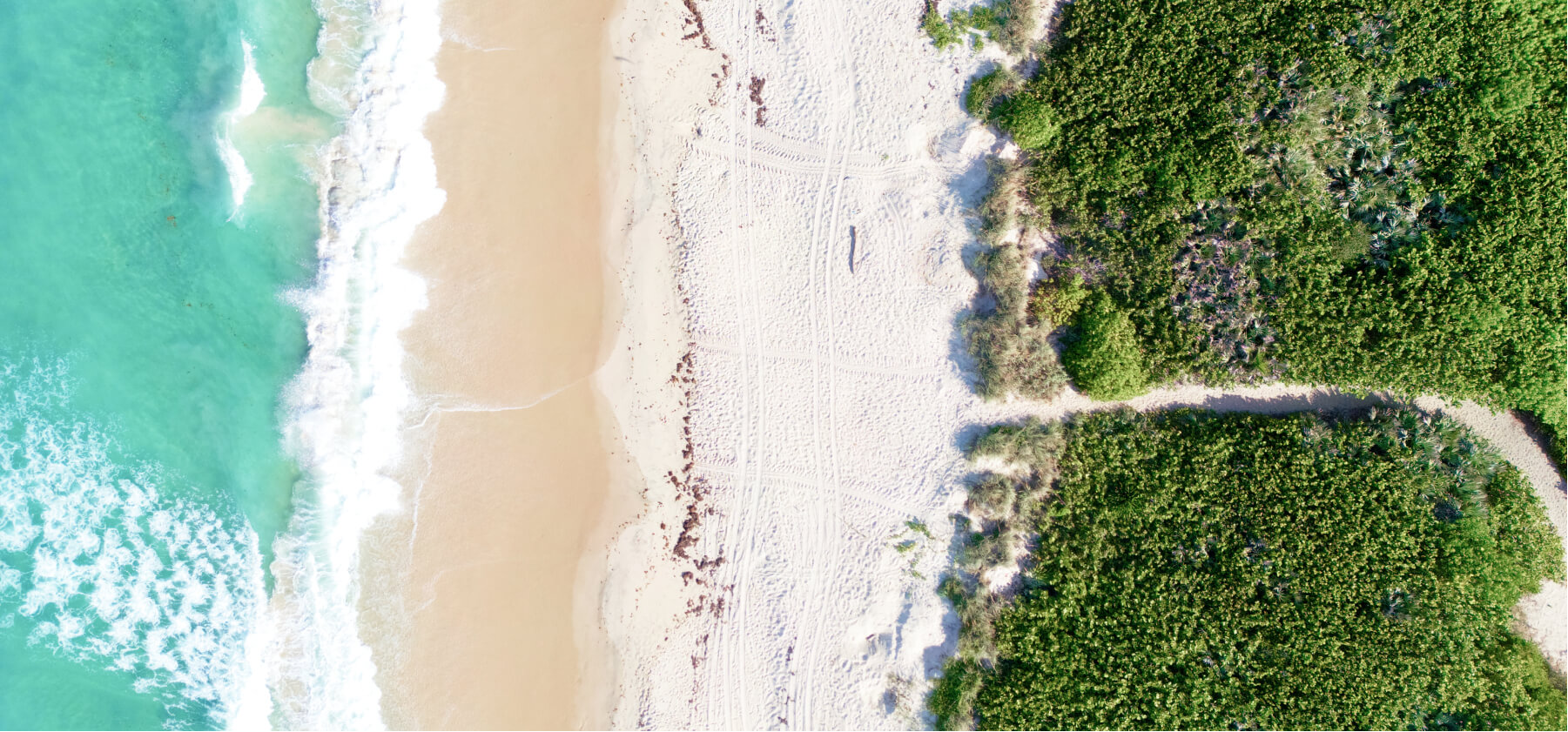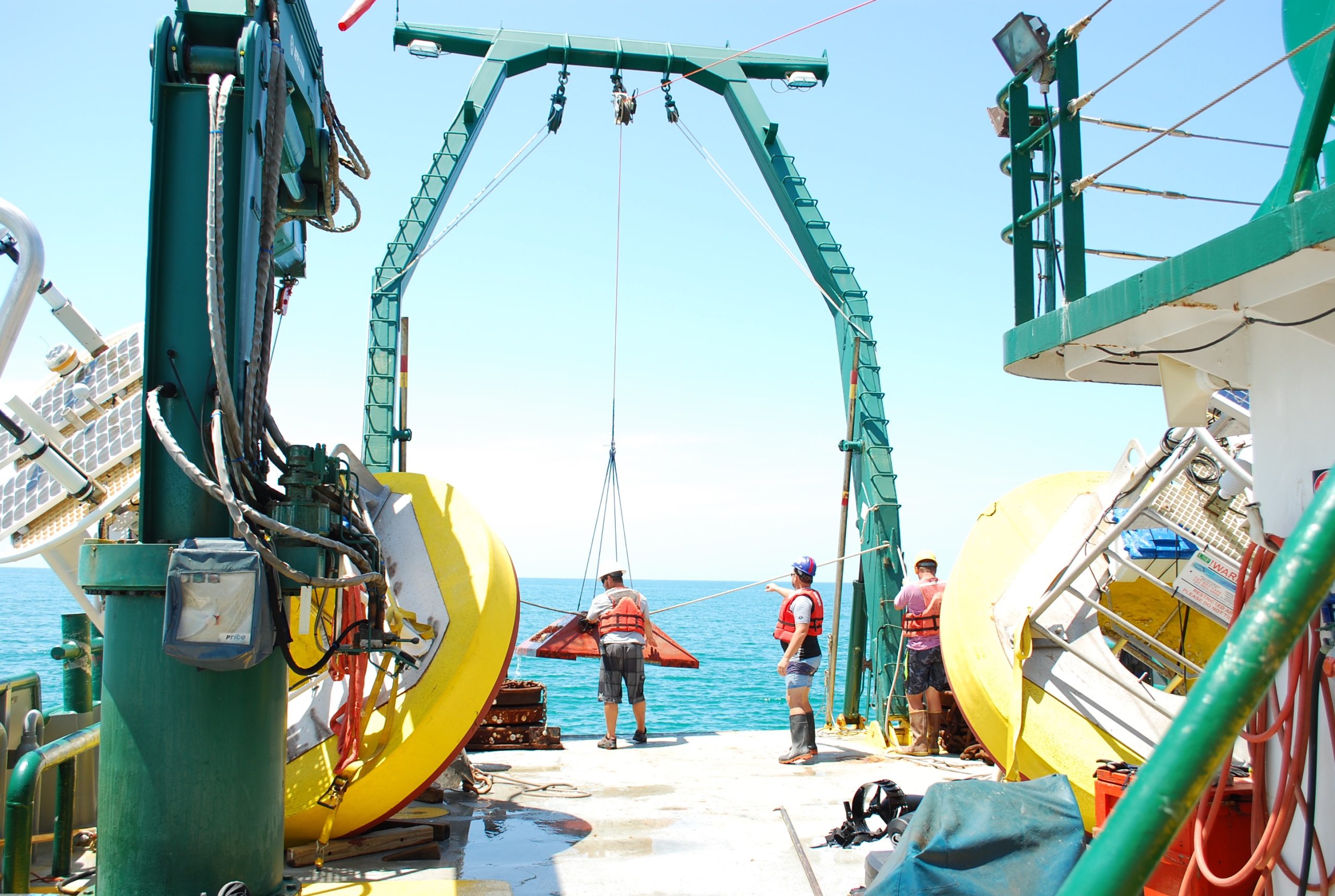
Why We Observe
Our coastal observing systems play a critical role in protecting and managing coastal resources in the Southeast. By providing real-time data, supporting scientific research, and promoting education and public outreach, these systems can help ensure the long-term sustainability of our coastal ecosystems and the communities that rely on them.
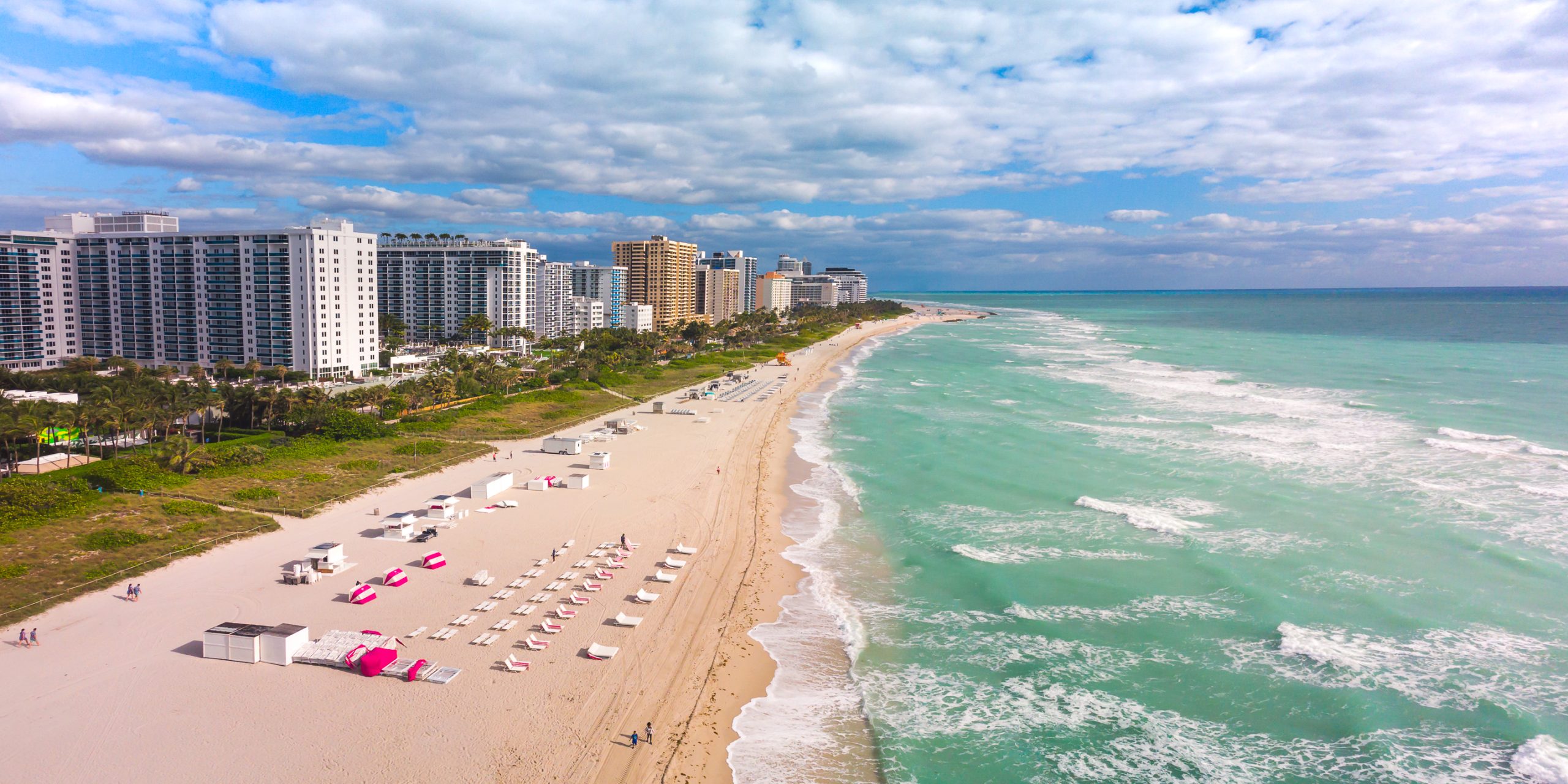
What We Observe
Water Quality:
Temperature, salinity, dissolved oxygen, pH, and turbidity helps identify sources of pollution and track changes in water quality over time.
Weather and Climate: Air temperature, wind speed and direction, barometric pressure, and precipitation information can be used to track severe weather events, forecast weather patterns, and monitor climate change.
Coastal Hazards: Data on flooding, storm surges, sea-level rise, and beach erosion can help coastal communities prepare for these hazards and plan for their long-term effects.
Marine Life: Data on marine life, including fish populations, sea turtles, and marine mammals help track changing use of the marine ecosystem and inform management decisions about commercial and recreational fishing.
Ocean Currents and Waves: Data on ocean currents and waves, including measurements of wave height, wave direction, and ocean currents helps improve marine navigation and safety.
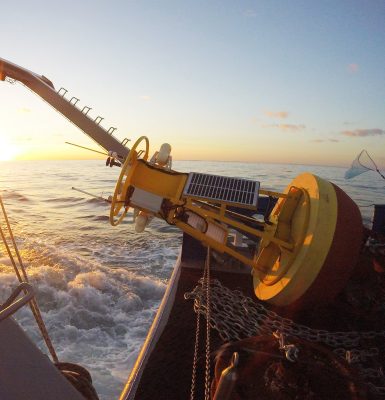
Buoys and Coastal Stations
Shore stations are installed on coastal beaches, islands, on piers and offshore platforms to measure wind speed, gust and direction, air temperature, relative humidity, barometric pressure, solar radiation, rainfall, water temperature data and more. These basic measurements provide important real time information on storms and help predict changes to the weather. When measurements are collected over a long time period, they can also help predict changes in the climate.
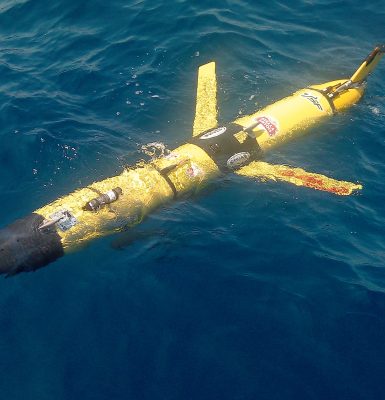
Gliders
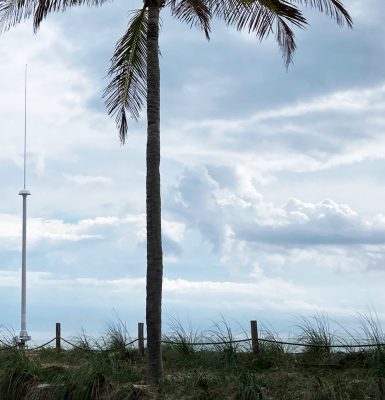
High Frequency Radar
- Reduce search and rescue area for the U.S. Coast Guard
- Provide emergency managers transport information for oil spill or harmful algal bloom response
- Identify fish larvae transport
- Support model validation
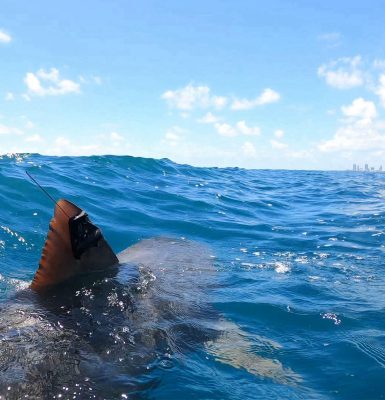
Marine Life
- Document marine diversity
- Inform fisheries management decisions
- Understand the impacts of human activities on marine species
- Provide insight into behaviors of species in rapidly changing environments
Image source: University of Miami Shark Research and Conservation Lab (Instagram: @sharktagging)
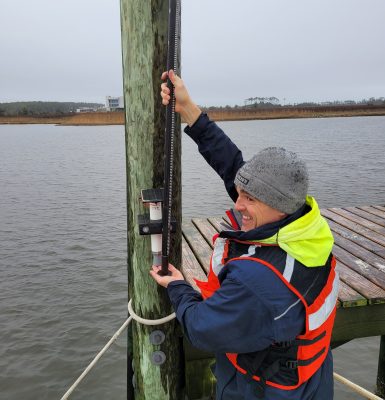
Water Level
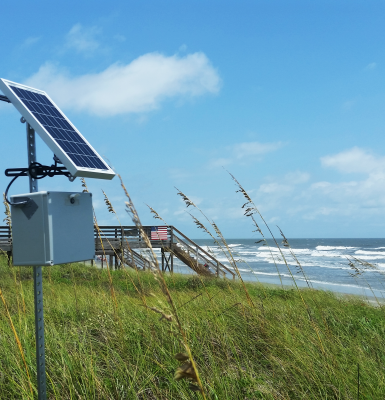
Web Cameras
- Rip Current Detection: Used to inform public of rip current dangers and issue alerts to lifeguards.
- Shoreline Change: Used to identify potential dune erosion or overwash events, infrastructure risk, and limitations to beach access.
- Automated Beach Usage Detection: Provides information to coastal managers on how busy a location is during different times of the day, season, or year for planning purposes.
- Flood Monitoring: Helps to document flooding impacts.
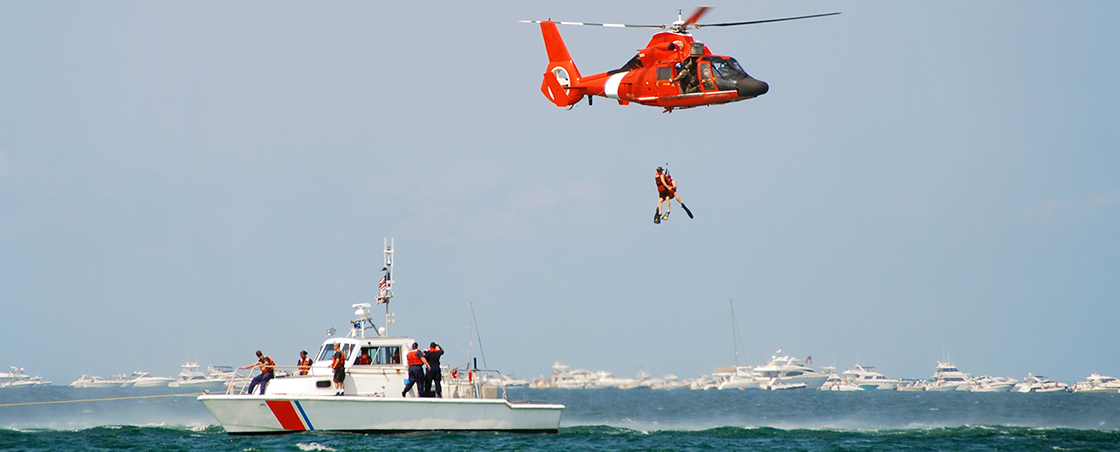
Charting the Course
The Regional Coastal Ocean Observing System Plan provides a roadmap for future investments in expanding data and products in the Southeast. All recommendations are user-influenced and stakeholder-driven, ensuring informed decisions.
How We Promote Data Accessibility
We ensure observing data is available, accessible, and free for everyone. We engage with user communities to understand their information needs – how they use the data, how often, in what format and for what purposes – in order to transform raw data into useful information.
Access over 2,300 real-time and historical ocean observing datasets through our Data Portal. Dive into the Southeast region with our integrated map and customizable layers.
Access Data
Text buoys for on-the-go data delivery, assess beach safety, explore hurricane data, and monitor red tide trajectory in West Florida.
Access Products
We collaborate with communities to provide real-time solutions. Water level and web cameras help answer questions like ‘Is the road flooded today?’ and ‘Is it safe to go to the beach?’
Learn More
We strive to be your trusted source for information and resources related to extreme events, focusing on hurricanes and harmful algal blooms.
Access Resources
Learn More
